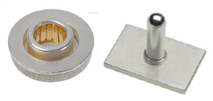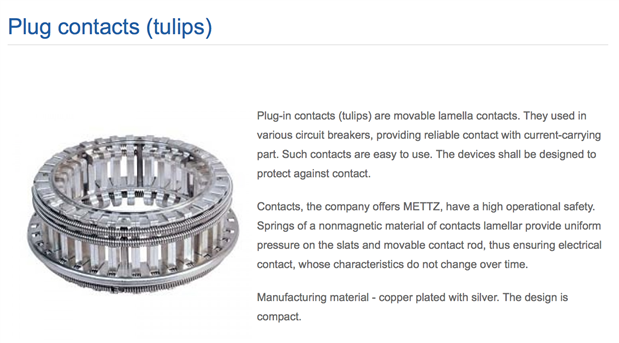I often don't think about connectors and connection system reliability. I like many people assume a connector from a quality company works reliably to connect wire-to-board and board-to-board applications. But what happens when there are is a misalignment between the two members that are being interconnected? Contact stresses can occur. Stresses can impede ideal contact/pin mating and in some situations increase contact resistance. When currents run higher and higher, in the hundreds of amps, undesirable thermal conditions can occur.
So, when I was introduced to this connection system -- Coeur CST High-Current Interconnect System -- which provides a degree of float to accommodate any misalignment, I found it interesting and wanted to share it with the rest of you.
The Coeur CST High-Current Interconnect System provides up to 1.0mm of float due to its wave spring float mechanism so entire core socket assembly moves within the float housing.I am told that it doesn't add stress on contacts in float position and it offers low mating forces. There's also no risk of resistance increase due to high contact beam deflection.
It's rated between 30.0 and 200.0A connects PCBs, bus bars and cable. It's used in data centers, PDUs, electric vehicles. When I saw them, I thought they could be used in any number of power converter types, load center terminations, battery banks, and more.
I'm not sure how they could be roadtested, but I could get some sample kits if someone has a decent way to test them. I've been told they've gone through rigorous testing already. But maybe a roadtest could be fashioned more along the lines of experimenting and observing its floating mechanism. If you have any ideas, leave a comment.
Randall Scasny
RoadTest Program Manager

